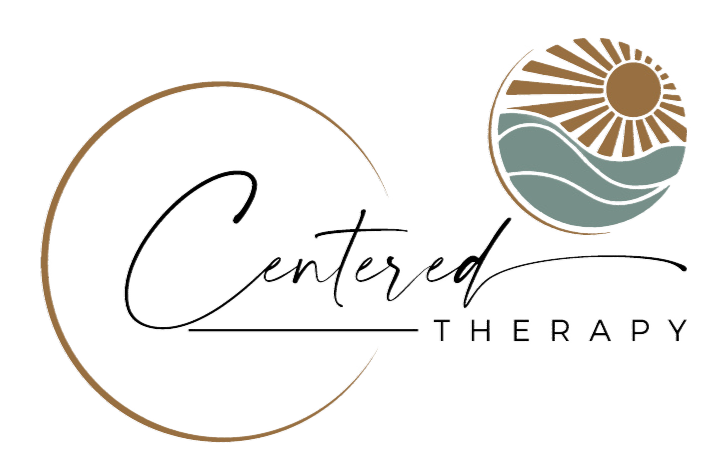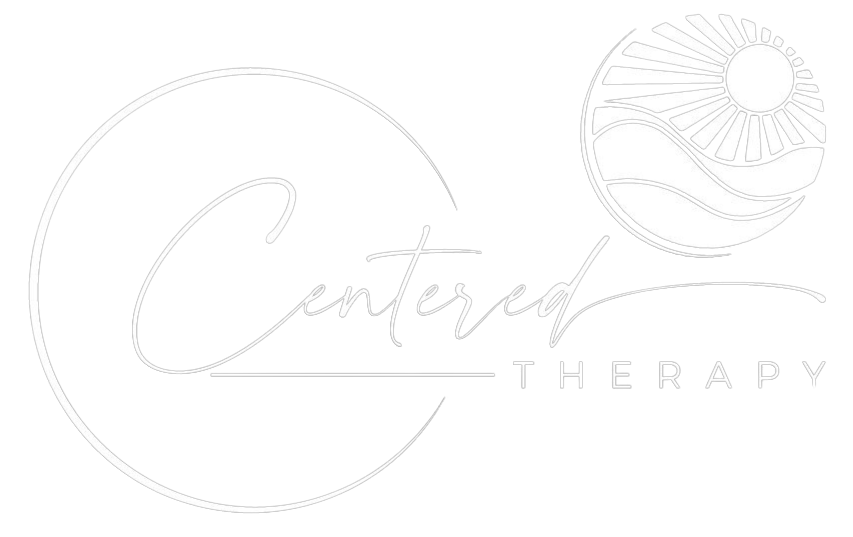What is Ketamine?
Ketamine is a medication that has been used in general anesthesia for decades. About 25 years ago, researchers at Yale discovered that ketamine can lead to a dramatic improvement in symptoms of depression, even in patients who have severe, chronic, treatment-refractory mood disorders. Ketamine is an FDA approved anesthetic agent. Use of Ketamine outside of the anesthesia application is considered an “off label” use. At sub anesthetic doses (doses below the amount necessary for anesthesia), Ketamine may be useful in the treatment of depression.
How does it work?
Ketamine infusion works by providing medication directly into the bloodstream through an IV infusion. Ketamine works to treat depression by altering brain chemicals, including neurotransmitters and neurotropic factors, associated with depression and brain synaptic plasticity.1
According to one study, nearly 71% of patients experienced a least a 50% reduction in depressive symptoms and 29% no longer met criteria for a diagnosis of depression, the day following treatment.2
A typical treatment protocol includes 6 infusions over a 3-week time period, followed by maintenance treatment. Maintenance treatment every 2 weeks to 3 months, is typically required to sustain the effects.
Potential side effects from Ketamine include dizziness, bad dreams, perceptual disturbances including hallucinations and feelings of being separated from one’s body, confusion, elevation in blood pressure, euphoria, dizziness, and nausea. These side effects are transient and resolve prior to discharge. With proper education, monitoring and support, Ketamine treatment is well tolerated. Patients may not leave the clinic until deemed stable by medical staff members.
While Ketamine IV has demonstrated efficacy in treating Major Depressive Disorder and decreasing suicidal thoughts in patients with depressive disorders, there is increasing clinical evidence that it may also be effective in treating patient struggling with:
- Bipolar Depression
- Generalized Anxiety Disorder
- Obsessive Compulsive Disorder
- Post-traumatic stress disorder
- Eating Disorders
- Substance Use disorders
Is there a potential for addiction?
Some may have heard that Ketamine is used as a “party drug” and worry about addiction potential. Studies and clinical experience have found that in the very low doses used, medical setting, lack of access at home, and infrequent dosing, there is a low potential for addiction or abuse.
Do I have to stop my other medications?
There are very few medicines that cannot be taken in combination with Ketamine. When you arrive for an initial consultation, your doctor will look at your list of medications and advise you on any necessary changes. Never hide any medication from your doctors as this could result in the treatment not working or other dangerous consequences.
What do patients experience during Ketamine IV therapy treatment?
Patients participate in a consultation with a psychiatrist to review their psychiatric and medical history. This includes a review of medical concerns, medication they take and psychiatric symptoms that may rule out Ketamine as a safe treatment for a patient. Patients will complete depression and anxiety scales which, combined with the consultation, will help clarify if they have the type of depression Ketamine can help treat.
During treatment with a Ketamine infusion, a nurse will place an IV and the 40-minute infusion of medication will begin. Patients are closely monitored for side effects and supported if they become uncomfortable. Patients may begin to feel better within the first few days of treatment. Many experience dramatic relief of dread and hopelessness. Ketamine treatment is provided in a safe, nurturing and healing environment. Patients are treated in private, comfortable treatment rooms with space to accommodate a family member or friend. All treatments are supervised by a physician.
How long will the results last?
A single infusion typically lasts anywhere from a couple of days up to 1-2 weeks. A series of 6 infusions may last anywhere from weeks to months, and often a single booster infusion when effects are wearing off can restore response. The number of treatments needed for a positive response is highly dependent on each individual’s unique circumstances. For Ketamine infusions, it is recommended to have 6 within the first 2-3 weeks. After that, maintenance (booster) infusions may be scheduled to maintain response.
Should I continue seeing my current psychiatrist, therapist, or primary care physician as a follow-up after Ketamine therapy?
Yes. Our clinicians are serving in a consulting capacity to provide this procedure. In some cases, patients may choose to see one of our doctors as their primary psychiatrist. But in most cases, people will continue with either their primary psychiatrist or primary care doctor and are highly encouraged to either begin or continue talking with a therapist.
Is it more expensive than taking an oral medication?
An infusion of Ketamine is more expensive than a typical doctor’s visit and medication copay. However, when also considering the financial toll of ongoing depression symptoms affecting work and social function, as well as multiple office visits and ongoing medication costs, rapid relief from depression by Ketamine is an excellent value.
Are there any conditions that may make Ketamine dangerous or ineffective?
Uncontrolled high blood pressure, unstable heart disease, increased intracranial or intraocular pressure, interstitial cystitis, active substance abuse, current manic phase of bipolar disorder, active psychotic (hallucinations or delusions) symptoms.
What are the risks?
The dose used for the treatment of mood and anxiety disorders is very low and safe. For a few minutes during the infusion itself, blood pressure and heart rate may increase. This is monitored to ensure safety and medications administered as necessary to manage problematic increases in blood pressure, episodes of nausea or anxiety.
How do I maximize the benefits of Ketamine Treatment?
It is common to get advice when depressed that makes sense intellectually but is impossible to follow through on because of the depressive symptoms. This includes things like, “eat well, exercise, engage in talk therapy, find social support, stay busy, etc.” Ketamine often helps patients be able to act on these important activities. In addition, Ketamine likely helps the brain with learning and making new connections. Talk therapy can be an ideal way to “lock in” therapeutic learning and capitalize on this unique benefit from ketamine infusion treatment.
How does Ketamine compare to other depression treatments?
Typical antidepressants take weeks to months to work. There are many to choose from and it can be difficult to know if one or another will be effective and well-tolerated. Many patients struggle with medication ineffectiveness or intolerable side effects medications have common side effects of weight gain, sexual dysfunction, gastrointestinal disturbances, sleep disturbance, fatigue, and emotional blunting. Some newer “add-on” antidepressants also have risks of causing diabetes and metabolic syndrome. Unfortunately, not everyone will respond to Ketamine, but patients typically see a difference within the first 2-3 treatments, this minimizes the amount of time or money invested in treatment.


